How Are Blueberries Grown?
Have you ever wondered how blueberries are grown and harvested? Here’s everything you need to know about California Grown blueberries!
Are blueberries native to California?
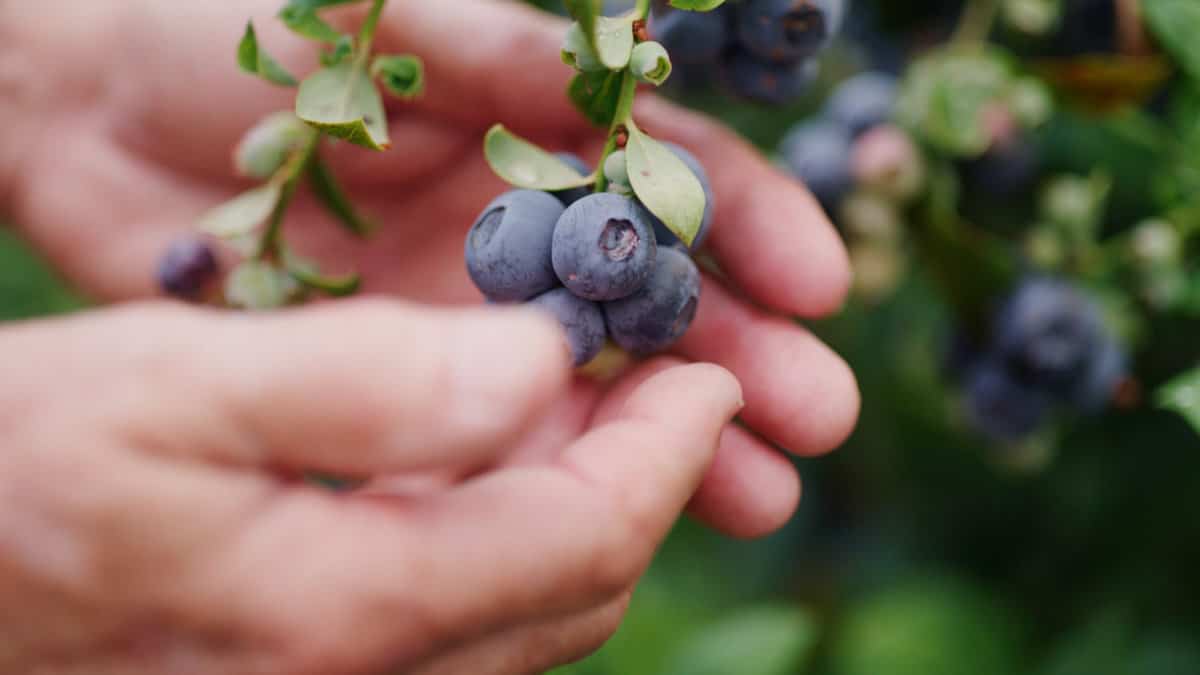
Blueberries are native to North America. Indigenous people referred to them as “star berries.” They used the berries for food and all parts of the plant for medicinal purposes.
When Europeans first came to North America, legend says that the Native Americans shared blueberries with the settlers to help them survive the bitter winter.
Are wild blueberries different from store-bought berries?
Wild blueberries have been grown for over 10,000 years, but blueberries weren’t cultivated until the beginning of the 20th century. It’s simple to discern the difference between the two different varieties. Wild, or lowbush, blueberries are much smaller. Farmed, or highbush, blueberries are larger and have a higher water content. Most of the blueberries sold at your local grocer are highbush blueberries.
Where do blueberries grow in California?
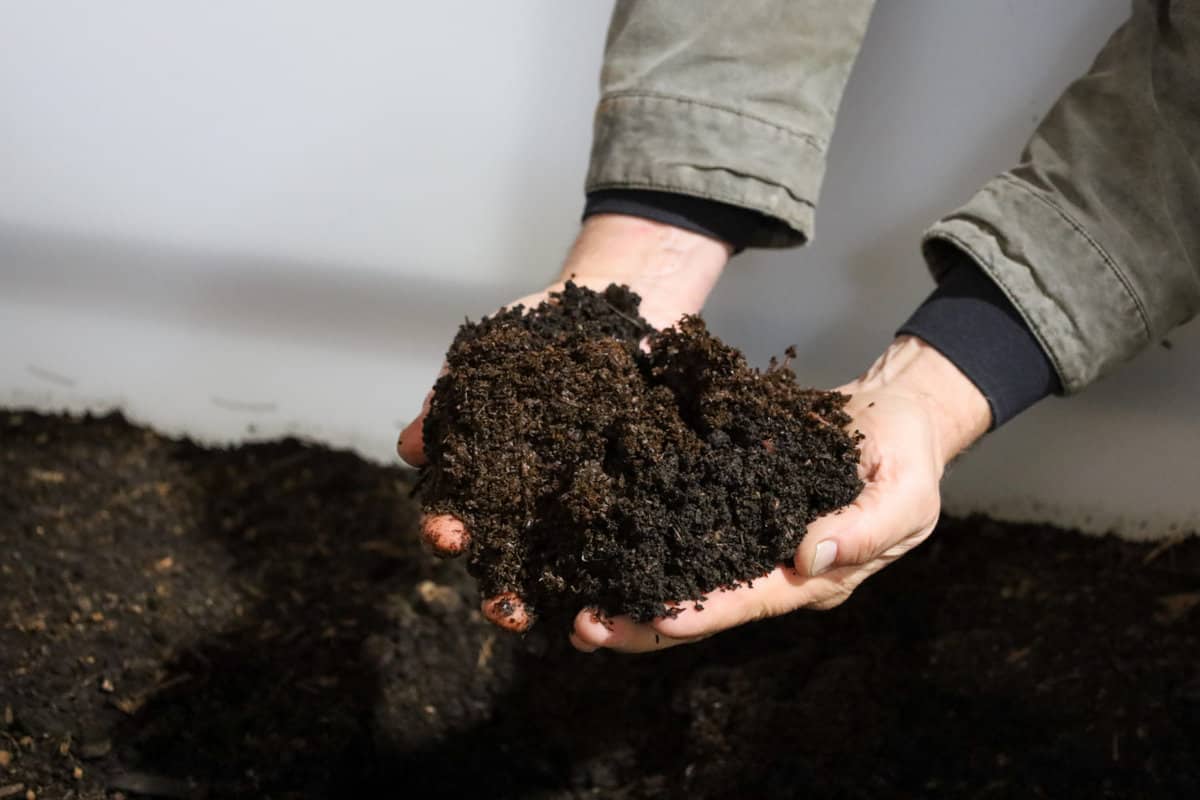
Blueberries grow throughout the Golden State, but most commercial farms are in California’s San Joaquin Valley. Blueberries require acidic, well-drained soil to thrive. Farmers typically have to amend the soil before planting.
How are blueberries grown in California?
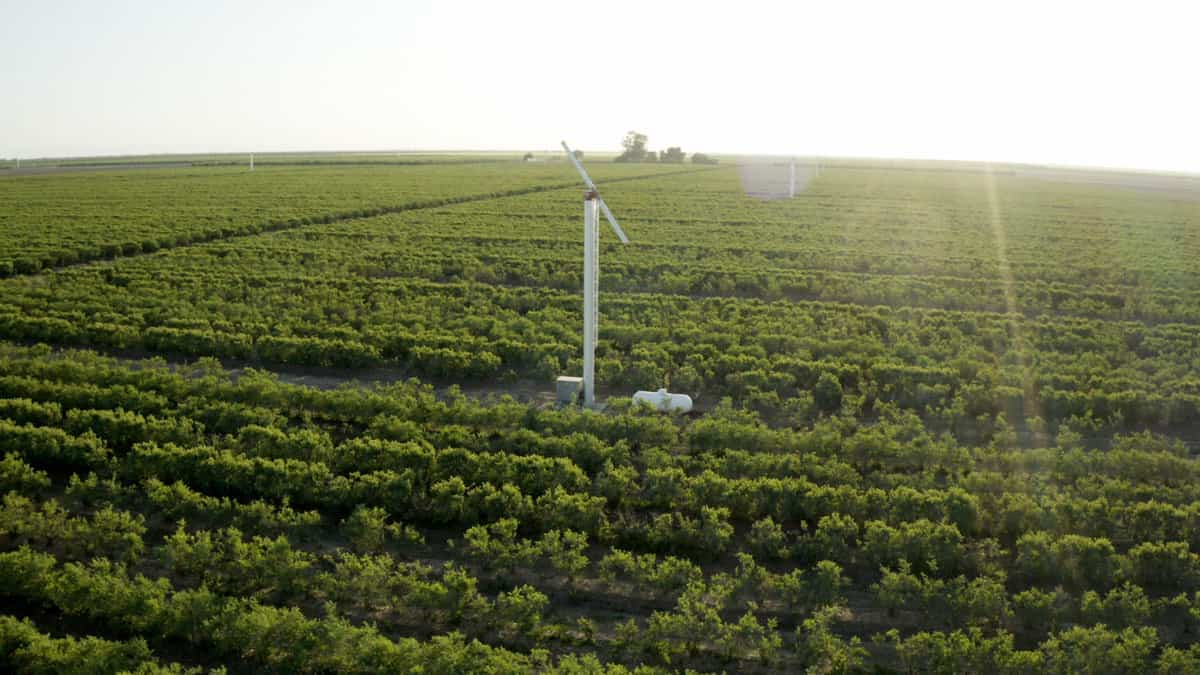
Blueberries grow on tall bushes planted in a series of long rows. Farmers must wait 3-4 years after planting until the bush is mature and ready to be harvested. Mature bushes continue to produce fruit for up to 30 years! Fun fact: Blueberry bushes can grow over 12 feet tall, but most top out at around six feet.
Do blueberry bushes need to be pruned?
After harvest, growers prune their blueberry bushes to encourage new growth and productivity. The best time to prune is in winter when the bushes are dormant.
Do blueberries need bees to produce fruit?
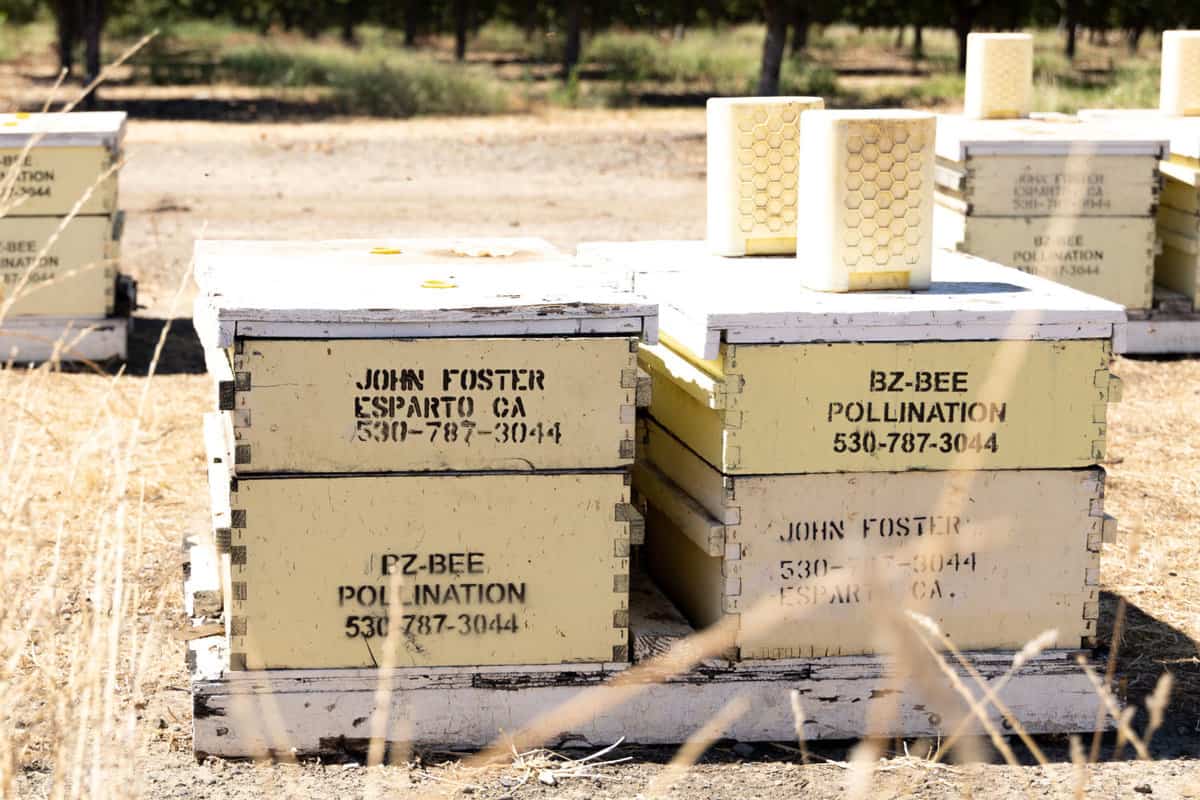
Blueberry bushes are self-pollinating, but having bee boxes nearby can increase yields.
When are blueberries harvested?
Blueberry harvest runs from April through June in California. Because blueberries are allowed to vine-ripen, they are harvested multiple times throughout the season.
How do farmers know when blueberries are ready to be harvested?
The first sign that a blueberry is ripe is the color. A ripe berry will have a consistent, deep blue hue from stem to crown. When you gently shake the plant, it will fall off easily. The second way to tell when a blueberry is ripe is by taste. A ripe blueberry should be sweet and bursting with flavor.
How are blueberries harvested?
Fresh blueberries are carefully hand harvested to protect the fragile fruit.
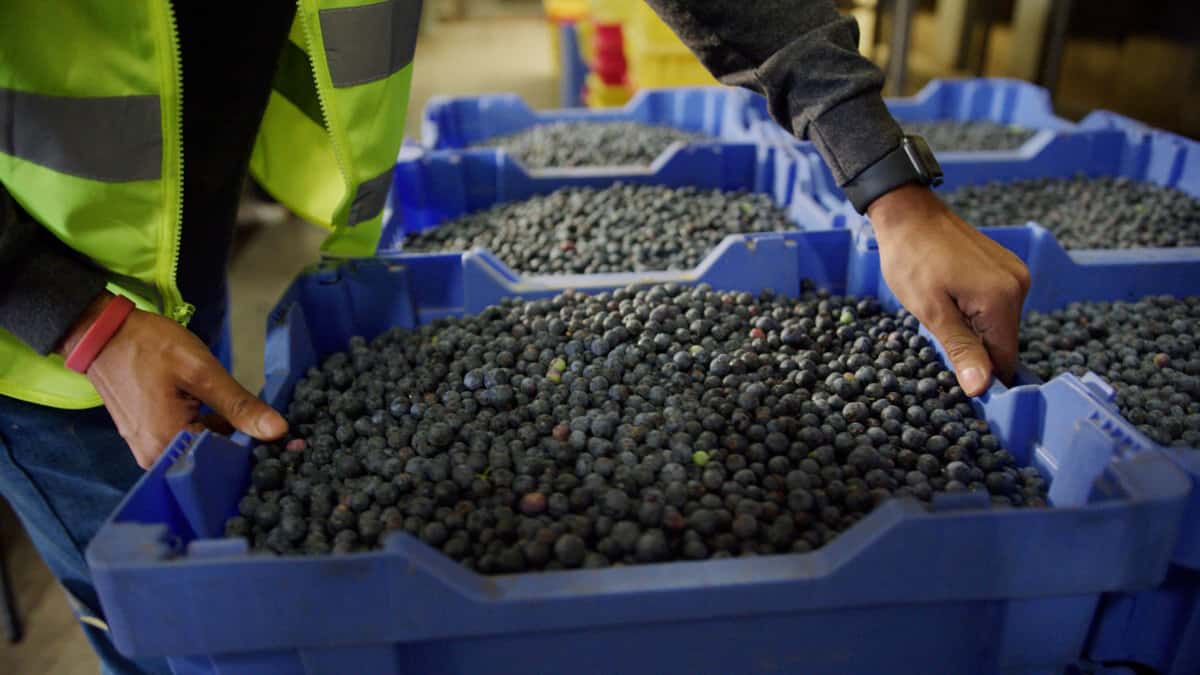
Blueberries that will be packaged and sold frozen, freeze-dried, or used for jams and jellies are mechanically harvested. Machines are used to shake each bush, causing the ripe berries to fall into a catching frame. The berries are collected and stored in large bins until they are whisked away to a packaging plant.
What happens after blueberries are harvested?
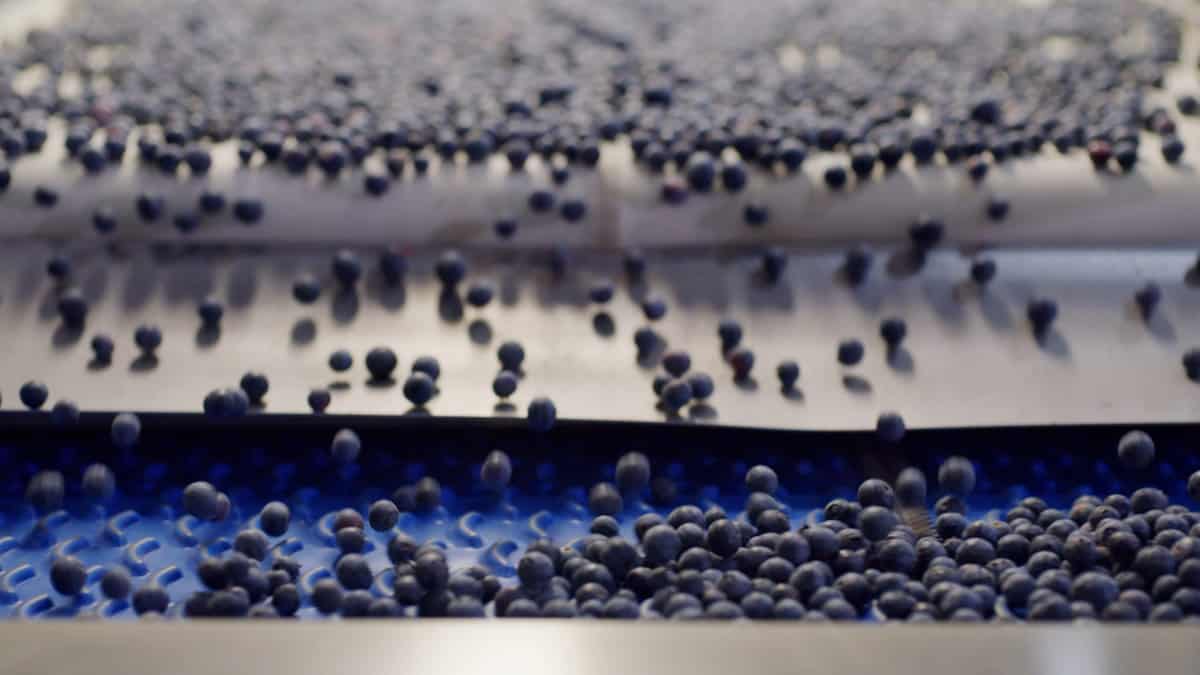
After harvest, blueberries are transported to a packaging facility. Here, they are carefully sorted, cleaned and packaged. Finally, the blueberries are in cold storage and shipped to your local grocer.
How to choose blueberries at the grocery store
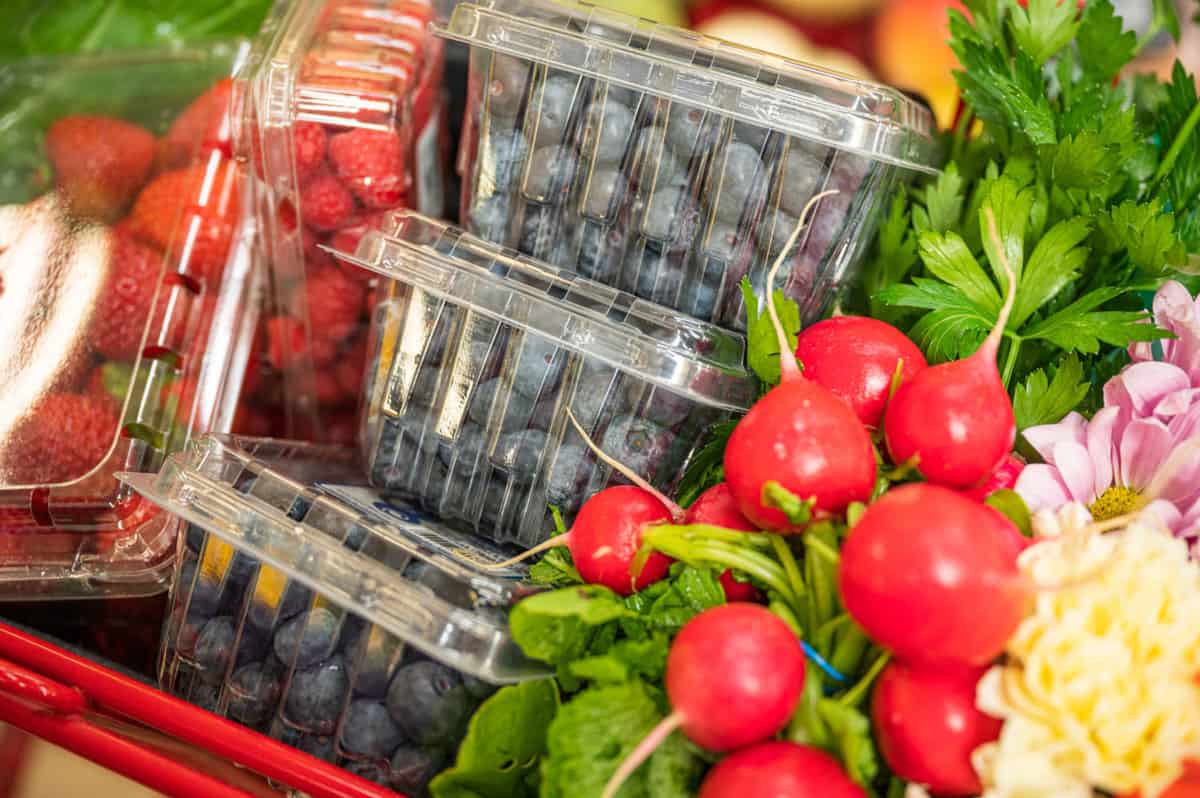
It’s easy to tell if blueberries are at peak freshness. Look for dark purple to almost black berries. A whitish “bloom” is perfectly normal. In fact, it’s a sign of freshness. Berries should be plump and firm with no wrinkles.
How should you store blueberries?
Blueberries typically last for about a week when properly refrigerated (although our friend Jerry James Stone swears that this hack keeps blueberries fresh for up to three weeks). If frozen, blueberries will last for up to a year.
Our favorite blueberry recipes!

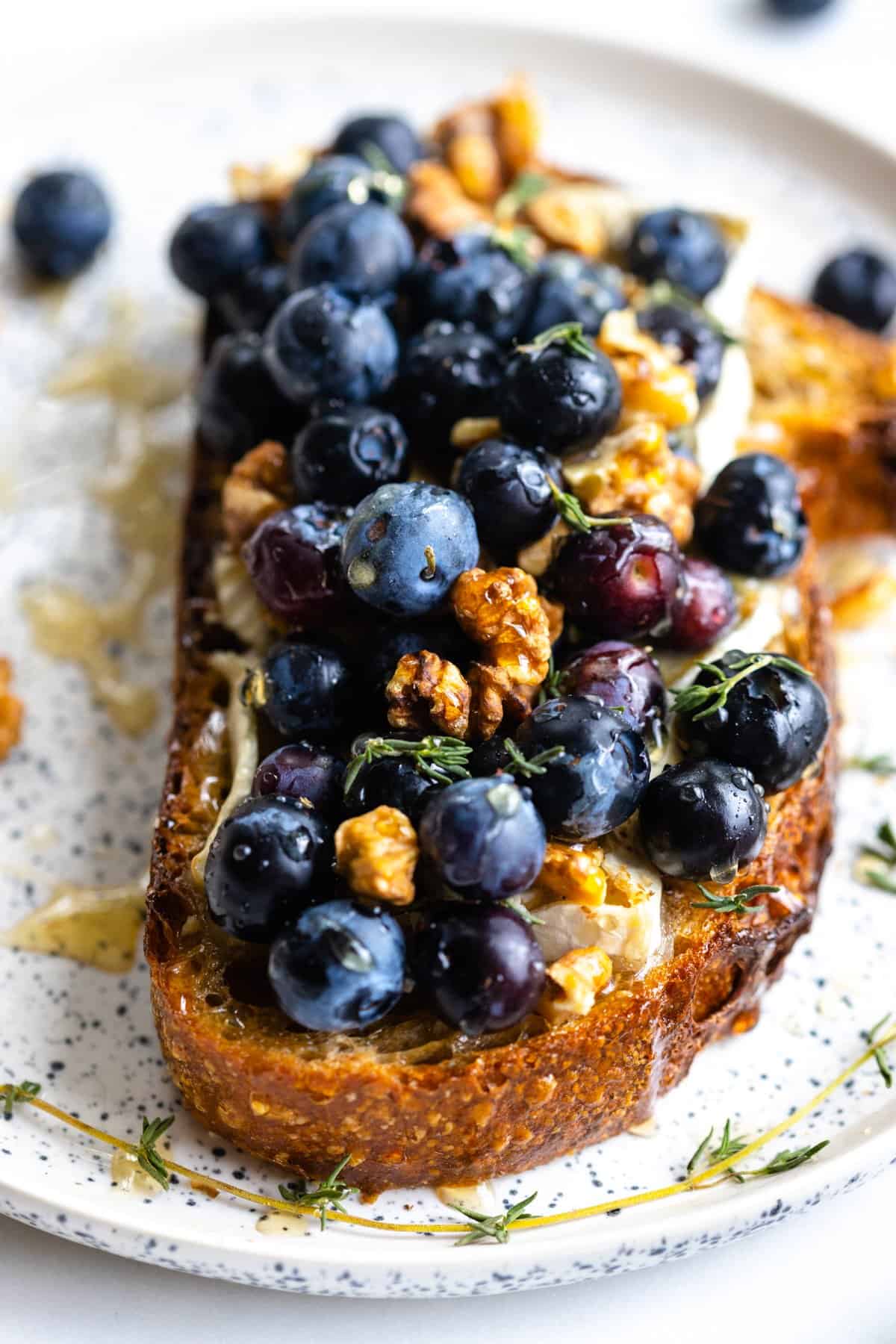
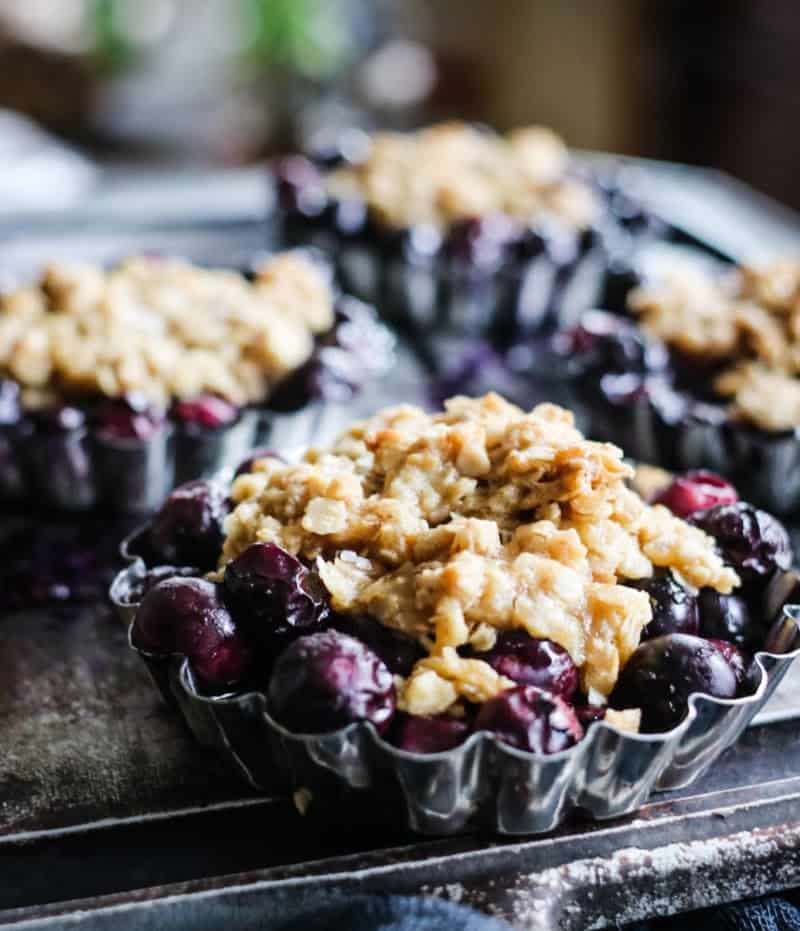


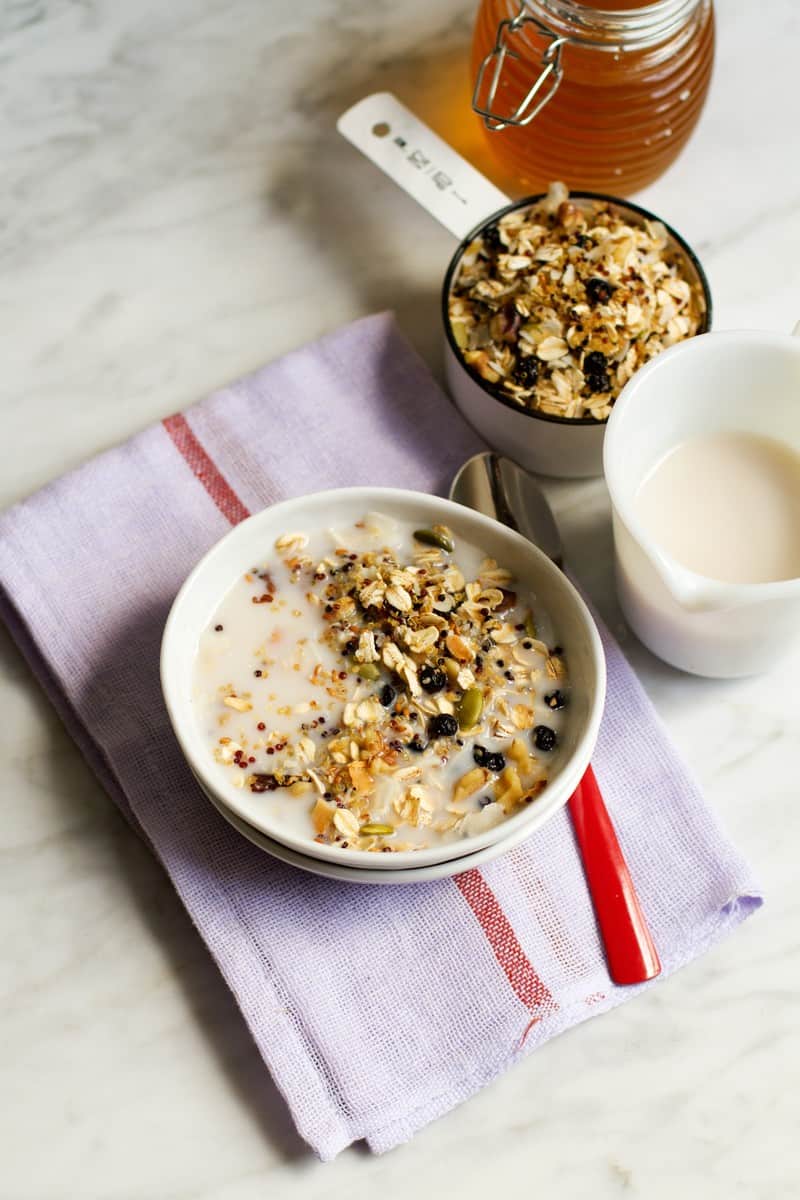
Meet a blueberry farmer
We met with blueberry farmer, Ed Seaman to learn more about his U-pick blueberry farm in Santa Barbara, California!
How it’s grown
If you loved learning how blueberries are grown, check out some of the other blog posts in our “How it’s Grown” series…

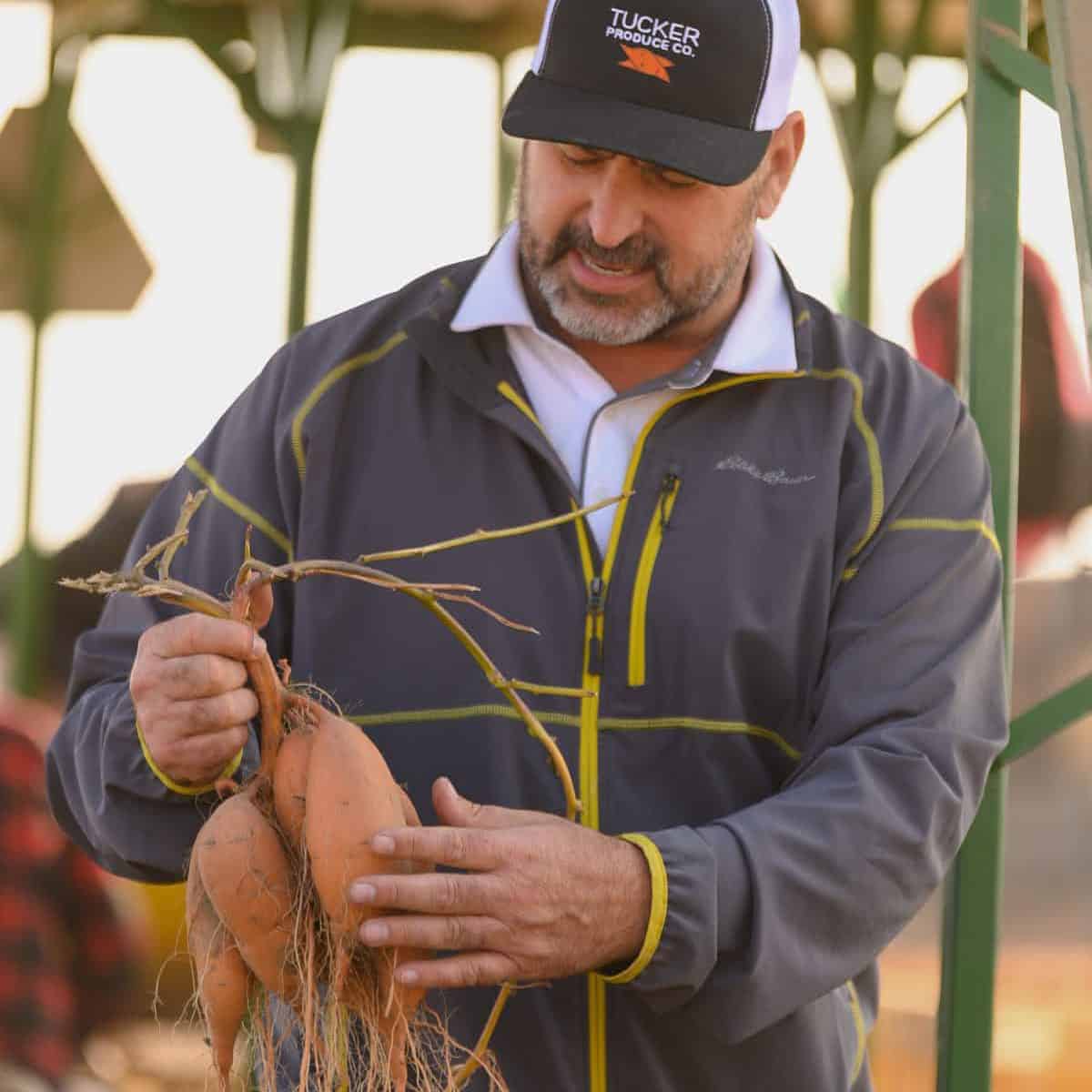
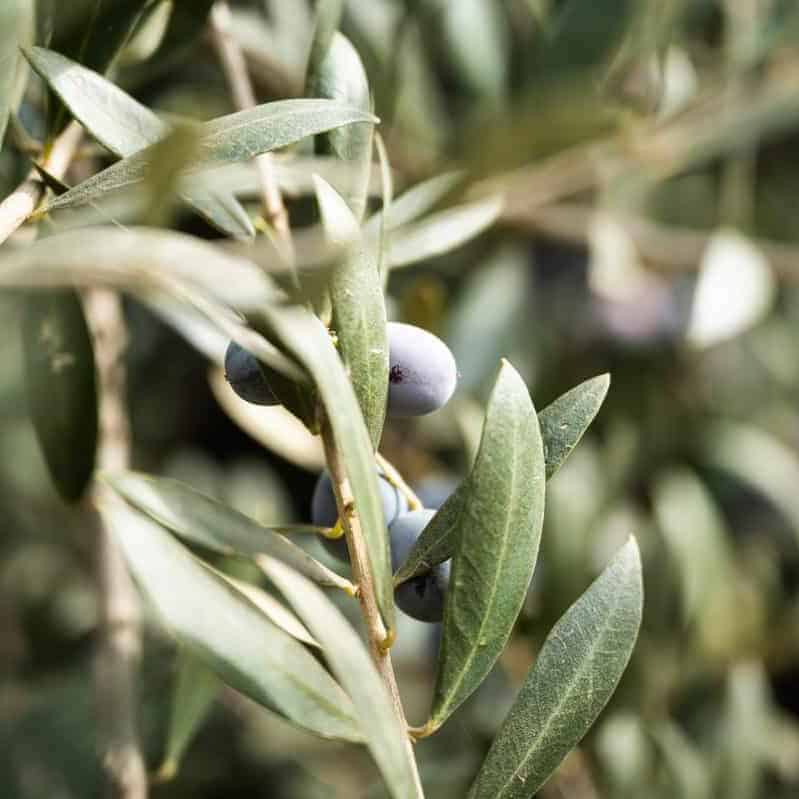
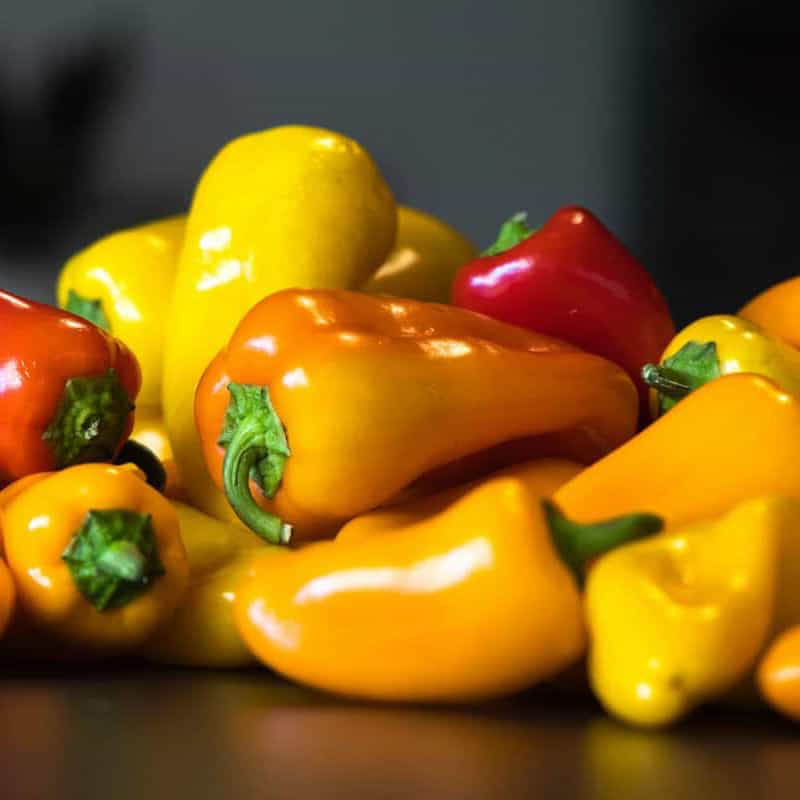

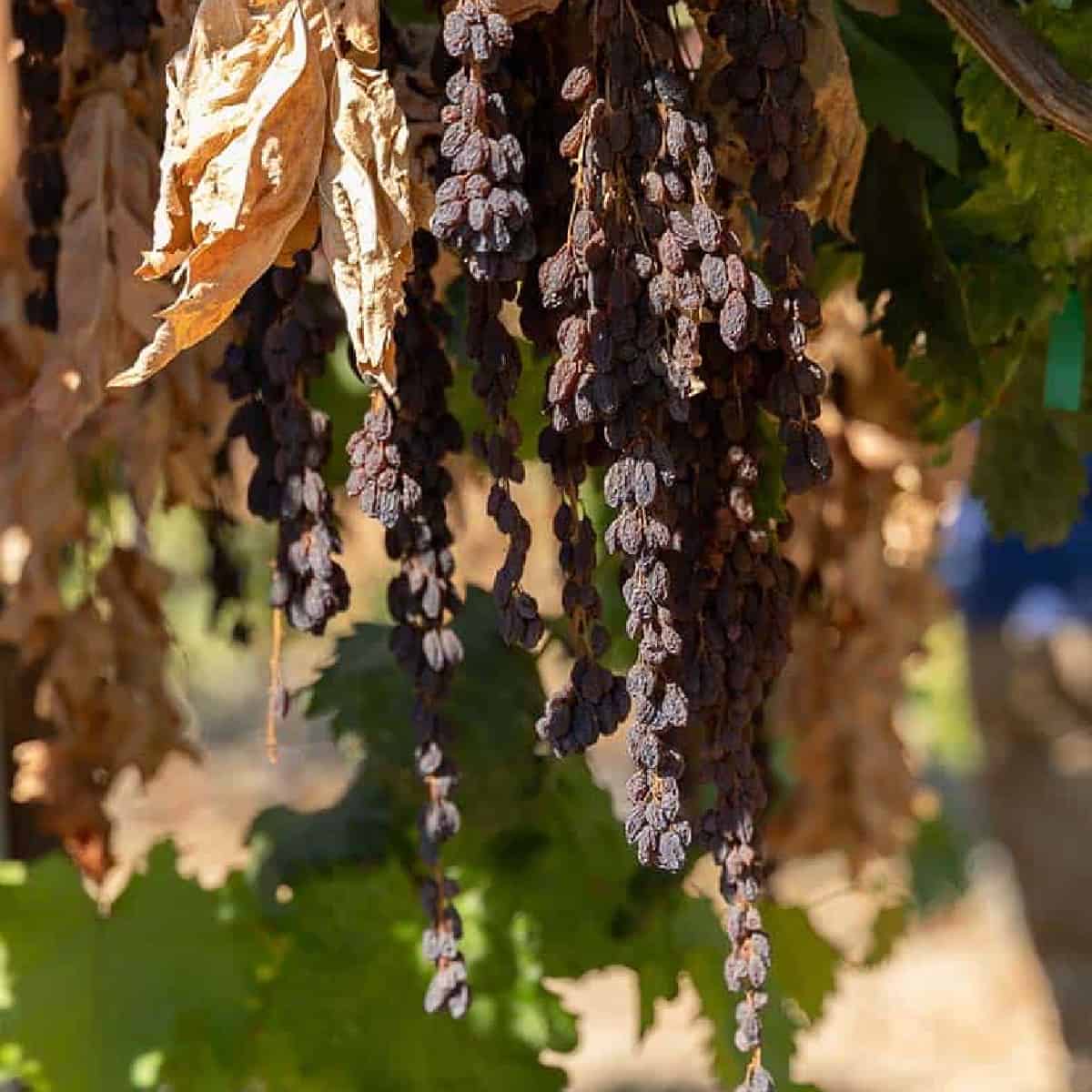
Article by Hilary Rance. Photography courtesy of California Blueberries, Hilary Rance , Alison Needham & James Collier.
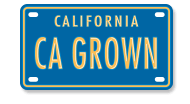
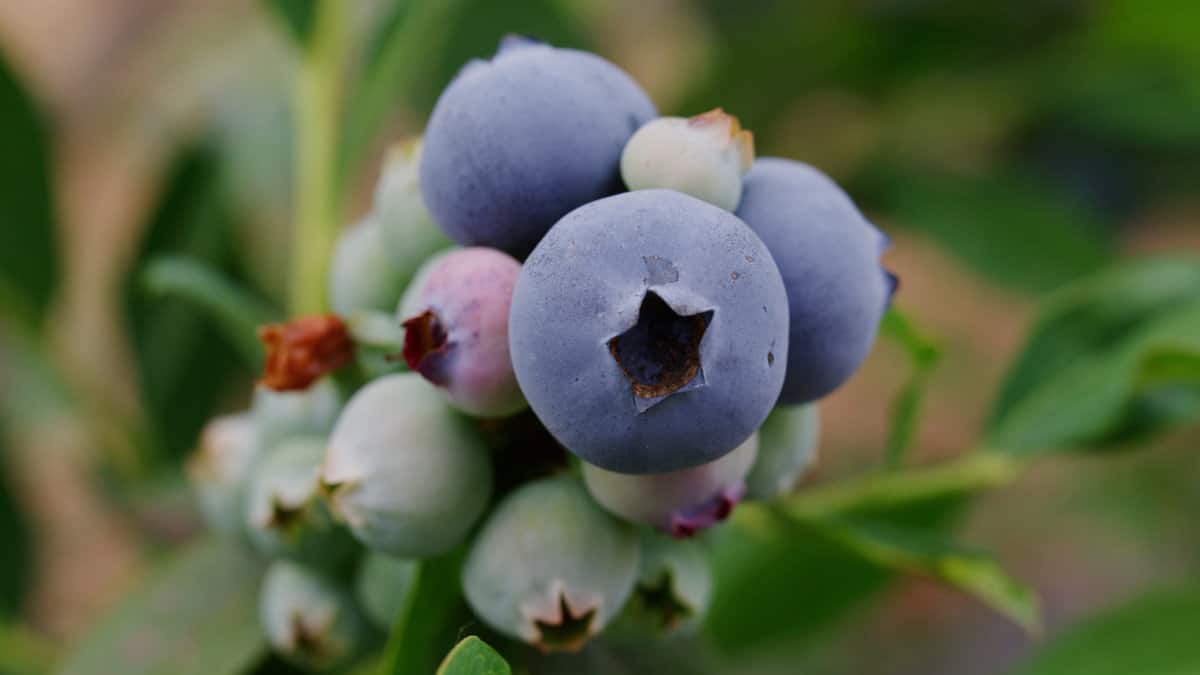
I live in Fresno County and as you stated in your piece the majority are grown in the Central Valley of California but, yet you interviewed a blueberry grower who grows in Santa Barbara. The varieties are not the same and are grown different because of climate and soil. Kingsburg CA had one if not the first commercial blueberry ranch in the late 90s. Need to be a bit more of a researcher.
Thank you so much for your comment. If you search our website you will see that we have, in fact, featured several blueberry growers from different locations over the years. It just happens to be that the blueberry grower we featured in this piece is from Santa Barbara.
I am an avid baker and have been bakng for over 40 years with success. This rcipe was a disaster! I was really looking forward to it but fell apart when I inverted the cooled cake. Can you clarify what you mean by pint in comparison to cups. 2 pints is equivalent to 4 dry cups, which seems to be a lot of blueberries for this recipe.
Also, I found the recipe was way too much for my large bundt pan.
Hi Domenica,
I assume you are referring to the recipe for Blueberry Ricotta Cake with Lemon and Blueberry Compote, which is not on this particular blog post. I am linking the recipe for reference here.
We are very sorry the recipe didn’t work for you. We have retested this recipe with success multiple times. I believe the problem you are having is in your measurement of the blueberries themselves. One pint of blueberries should fill about two dry cup measures and weigh approximately 12 ounces, give or take a little. Also, bundt cake pan size is important. We used a 10-cup bundt pan and it was a good fit for us.